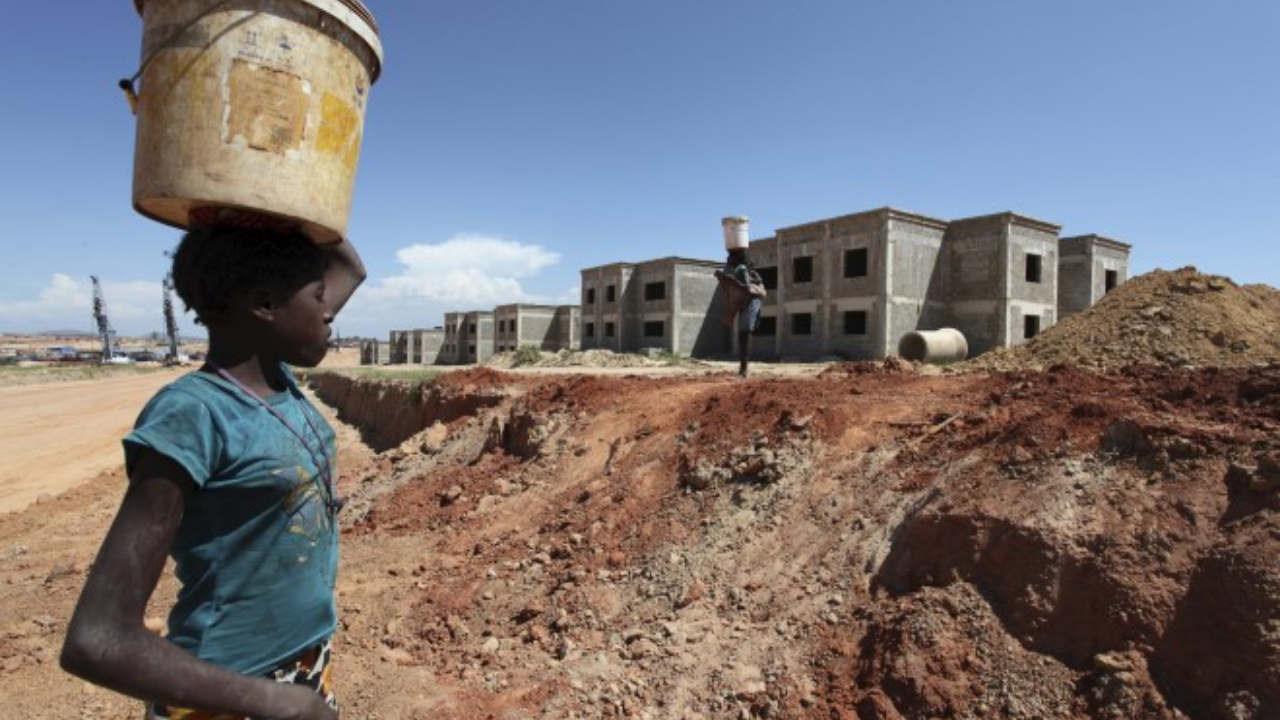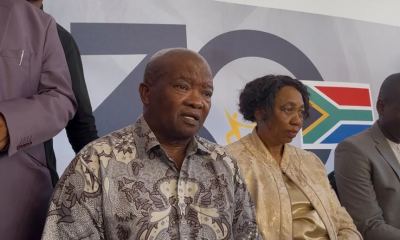News
Study Reveals Near Two-Decade Low in Chinese Loans to Africa

In 2022, Chinese sovereign lending to Africa plunged below $1 billion, marking the lowest level in nearly two decades. This decline underscores Beijing’s departure from its longstanding strategy of investing heavily in large-scale infrastructure projects across the continent. The data, sourced from Boston University’s Global China Initiative, emerges against the backdrop of several African nations grappling with debt crises and China itself facing economic challenges as reported by Asahi.
Also Read: The Inaugural Oktoberfest Celebration in Pretoria
President Xi Jinping’s ambitious Belt and Road Initiative (BRI), initiated in 2013 to rejuvenate the ancient Silk Road and expand China’s global influence through extensive infrastructure development, had prominently featured Africa as a focal point.
According to Boston University’s Chinese Loans to Africa Database, Chinese lenders had extended approximately $170 billion in loans to Africa between 2000 and 2022. However, lending began to decrease significantly after reaching its peak in 2016. In 2021, only seven loans amounting to $1.22 billion were signed, and this dropped further in 2022 when nine loans totalling $994 million were agreed upon. This marked the lowest level of Chinese lending to Africa since 2004.
While these reductions coincided with the impact of the COVID-19 pandemic, researcher Oyintarelado Moses pointed out that other factors were also at play. Moses, who manages the database and co-authored a report on the subject, cited risk exposure as a significant factor influencing lending decisions.
While African governments have generally welcomed Chinese lending and infrastructure projects, critics from the West have accused China of burdening poorer nations with unsustainable debt. Zambia, a significant recipient of Chinese loans, became the first African country to default during the COVID-19 pandemic in late 2020, and other nations like Ghana, Kenya, and Ethiopia are also grappling with financial challenges.
On the other hand, China is dealing with its own domestic economic issues as policymakers work to stimulate growth amidst ongoing weaknesses in the crucial property sector, a declining currency, and reduced global demand for its manufactured goods. This domestic economic situation has played a substantial role in reducing Chinese lending to Africa.
The primary institutions behind Chinese lending to Africa, the China Development Bank and the Export-Import Bank of China have been redirected to support the domestic economy. Consequently, much of the continuing overseas lending is directed toward markets closer to China.
However, the loan decline does not necessarily signal the end of Chinese engagement in Africa. The analysis by Boston University suggests that certain trends, such as fewer loans exceeding $500 million and an increased focus on social and environmental impacts, align with China’s stated objectives of pursuing a higher-quality, greener Belt and Road Initiative. This suggests that while Chinese involvement may evolve, there is likely to remain an enduring interest from Chinese lenders in Africa.
Also Read:
Follow us on Google News
Photo: Facebook / @ The Asahi Shimbun Asia & Japan Watch






















